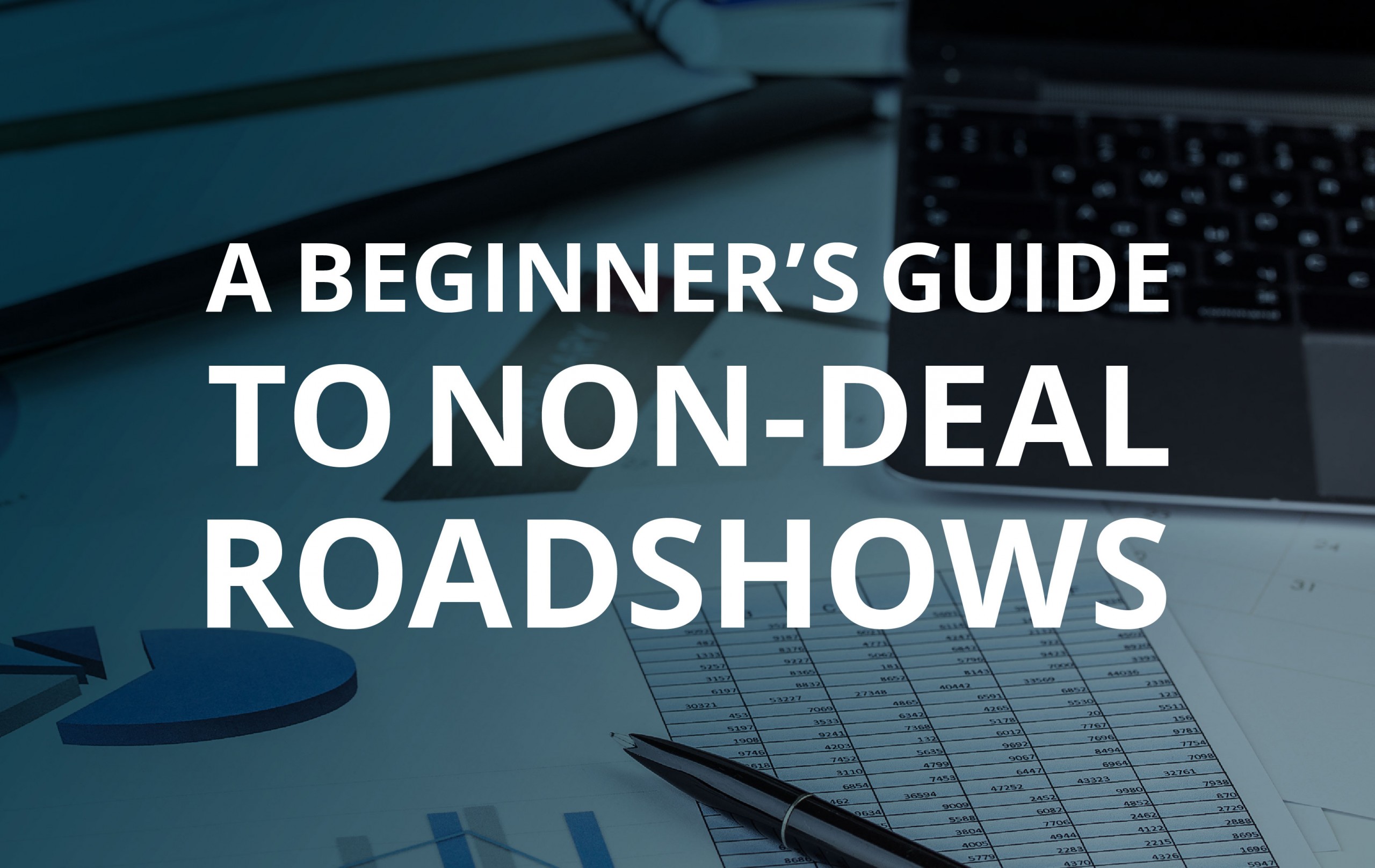Non-deal roadshows (NDRs) offer investors a comprehensive look at a company’s story that press releases, conference presentations, and other public documents cannot. Public and private companies alike may benefit from scheduling NDRs to foster effective communication between the executive team and investors. The focus of NDRs is to update investors on company performance (i.e. financial results and developmental milestones), communicate future goals, and learn from industry experts and analysts.
Some of the benefits of NDRs are:
- Develop and build long-term relationships between management, investors, and sponsoring research analysts
- Hear from investors on areas of interest and receive feedback on company perception
- Manage expectations and correct misconceptions
- Access investors that do not attend conferences
- Recruit new shareholders
Successful NDRs require proactive planning and preparation. Below are some considerations to include in your NDR strategic plan.
Set and Define Goals
Setting defined goals before scheduling NDRs will maximize their potential. What is the executive team looking to achieve with NDRs? Are they aiming to engage new shareholders or change the company’s current investor composition? There are many different types of investors out there. To name a few variables, investors differ in investor category, portfolio performance, geographic location, and typical length of holding. Similar to how a company analyzes investors based on certain criteria, institutional investors may have to adhere to specific parameters to make a deal. Understanding and incorporating investor metrics and parameters into the NDR strategic plan avoids unnecessary calls with investors that may be uninterested. Though adding new shareholders is an exciting and important goal for NDRs, it cannot be the only focus. Updating and reconnecting with current investors should not be overlooked. Maintaining an open dialogue with current and long-term investors is crucial in strengthening relationships, receiving feedback, and understanding why they continue to invest in your company. Investor targeting is a selective process.
Timing is Crucial
Navigating the busy calendars of company leadership, investors, and analyst sponsors may make the process of scheduling NDRs seem like a daunting task. Consider industry and company events before booking an NDR. First, NDRs should not conflict with earnings or any large industry and investor conferences. Though valuable, conferences create a lot of noise in the industry. Minimizing potential conflicts will optimize attendance and participant engagement. Secondly, NDRs should follow notable company events and milestones. Since the focus for many NDRs is to provide additional information for investors, this is easier to do when there is new information to talk about. Highlighting recent news may be a great way to kick off the conversation. Wall Street and the healthcare industry is constantly changing. Therefore, it is crucial to keep the company’s IR calendar updated and in hand when picking potential NDR dates.
Be Prepared
The dates are set and the invites are out, so what’s next? Prepare, prepare, prepare. Management should know who they’re meeting and have access to background information on the investors, analysts, and their institutions. First impressions matter. The investor relations team should practice with management to ensure their message is both clear and standardized across the board. Presenters should have an in-depth understanding of the NDR slide deck and be prepared for any questions that may arise. Such preparation will build trust between management and investors that will open the door to long-term relationships and conversations.
Conclusion
Non-deal roadshows are a unique way for management to connect with potential and current investors. The NDR planning process may be tenuous, but having clear goals and a strategic plan will help companies maximize their potential. With most NDRs transitioning to Zoom during COVID, it’s now time to turn on the camera and get the show on the road. Contact our team today if you’re looking for more advice on where to start.
Laine Morgan, Analyst


Leave a Reply